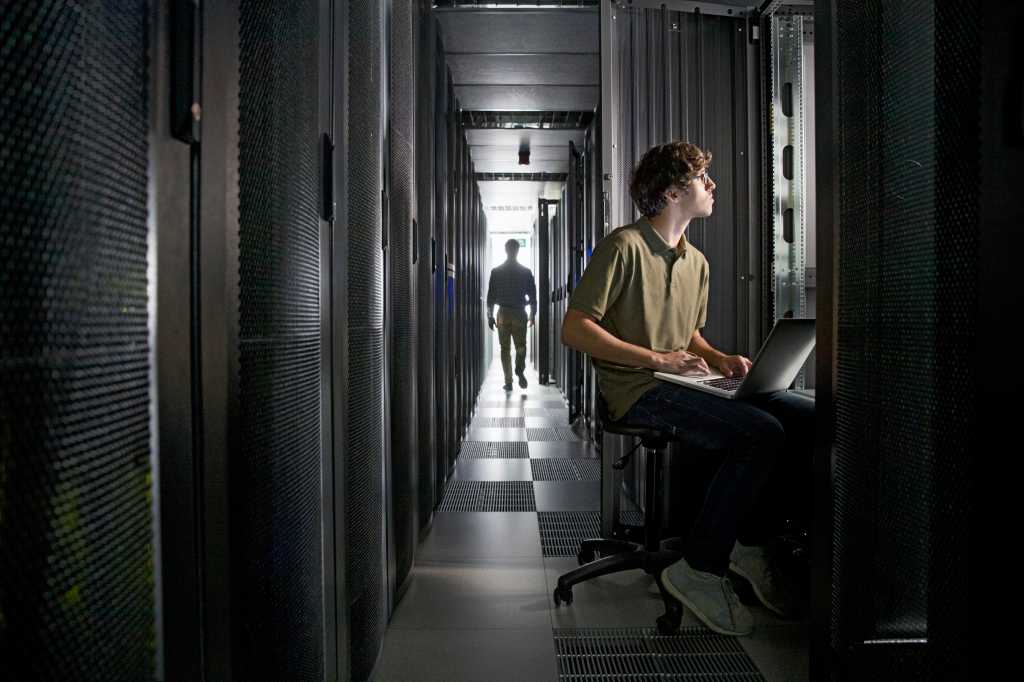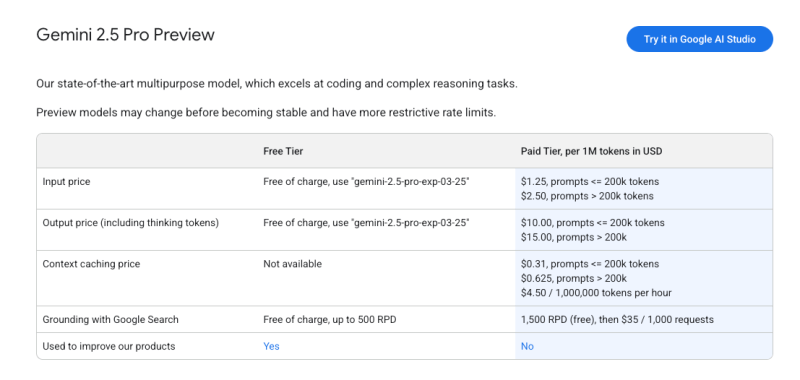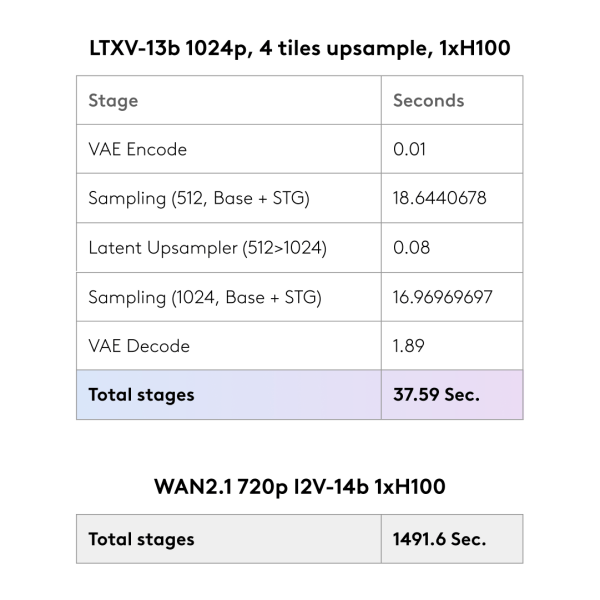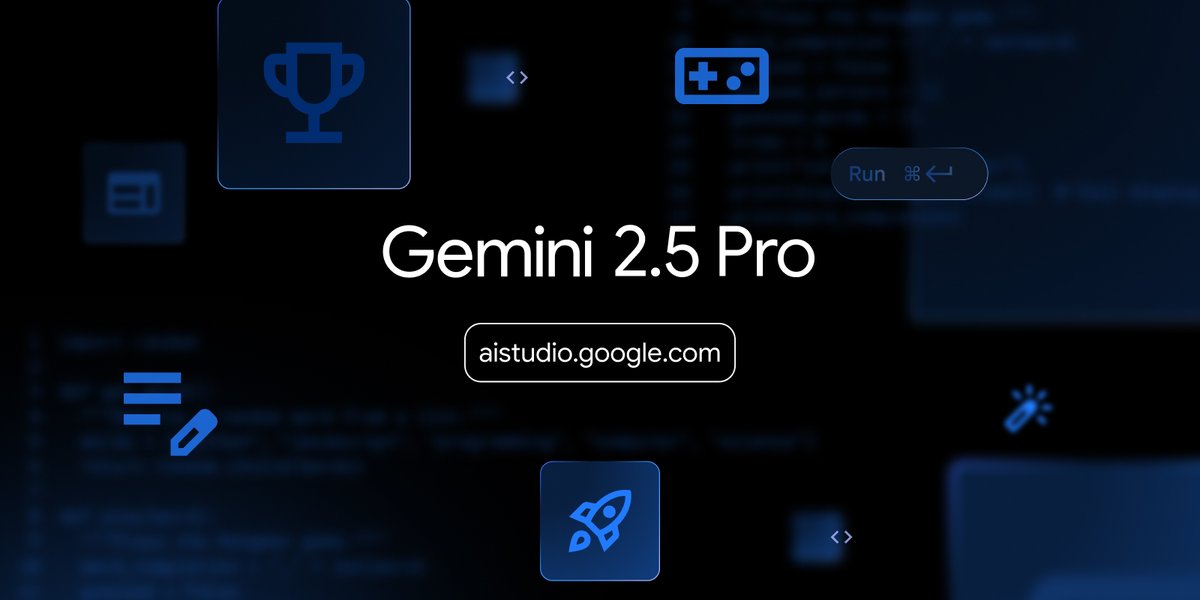Join our daily and weekly newsletters for the latest updates and exclusive content on industry-leading AI coverage. Learn More
With agents, applications and new workflows, enterprises will inevitably need a way to look at all the AI they use.
ServiceNow’s new AI Control Tower, released this month, offers a holistic view of the entire AI ecosystem. The company also announced its own agentic communication system, which supports existing protocols.
AI Control Tower acts as a “command center” to help enterprise customers govern and manage all their AI workflows, including agents and models.
The AI Control Tower lets AI systems administrators and other AI stakeholders monitor and manage every AI agent, model or workflow in their system — even third-party agents. It also provides end-to-end lifecycle management, real-time reporting for different metrics, and embedded compliance and AI governance.
The idea around AI Control Tower is to give users a central location to see where all of the AI in the enterprise is.
“I can go to a single place to see all the AI systems, how many were onboarded or are currently deployed, which ones are an AI agent or classic machine learning,” said Dorit Zilbershot, ServiceNow’s Group Vice President of AI Experiences and Innovation, in a press briefing. “I could be managing these in a single place, making sure that I have full governance and understanding of what’s going on across my enterprise.”
She added that the platform helps users “really drill down to understand the different systems by the provider and by type,” to understand risk and compliance better.
A holistic view of AI systems
Enterprises have begun deploying, even if just through small pilot programs, agents and AI-powered workflows. However, as with onboarding different SAAS providers or software, losing track of these AI features is easy.
Other companies have also begun offering customers a way to view and manage all their AI systems, especially to monitor agent behavior. Writer recently launched its AI HQ platform, which will include an observability feature.
ServiceNow has been considering agent management since it began offering pre-built AI agents to enterprises in September last year. The company’s agent library allows customers to choose the agent that best fits their workflows, and it has built-in orchestration features to help manage agent actions. Since then, the company has begun expanding the number of agents it offers in its agent library to target more use cases for enterprises.
Agent Fabric
ServiceNow also unveiled its AI Agent Fabric, a way for its agent to communicate with other agents or tools.
The company said Agent Fabric will work with other agentic communication protocols like Model Context Protocol (MCP) from Anthropic, AGNTCY from Cisco and Google’s Agent2Agent (A2A).
Zilbershot said ServiceNow will still support other protocols and will continue working with other companies to develop standards for agentic communication.
“When we look at the AI Agent Fabric, it’s less about the protocol and more about the capability. At this point, we really look at ourselves as an open platform, and we will be able to support all the common protocols that are available out there and make sure that our customers can benefit from all these great innovations,” she said.
AI Agent Fabric is available to early adopters but will generally be available in the third quarter.
Many enterprises have been thinking about getting agents from one company to talk to another agent from another company or building on a different system. Interoperability could fuel an even bigger boom of AI agents because agents are no longer confined to one system and can get context and data from another to fulfill tasks. But despite popular protocols like MCP and A2A, the industry has yet to pick a standard interoperability protocol, mainly because these have only been around for several months.
Daily insights on business use cases with VB Daily
If you want to impress your boss, VB Daily has you covered. We give you the inside scoop on what companies are doing with generative AI, from regulatory shifts to practical deployments, so you can share insights for maximum ROI.
Read our Privacy Policy
Thanks for subscribing. Check out more VB newsletters here.
An error occured.






















